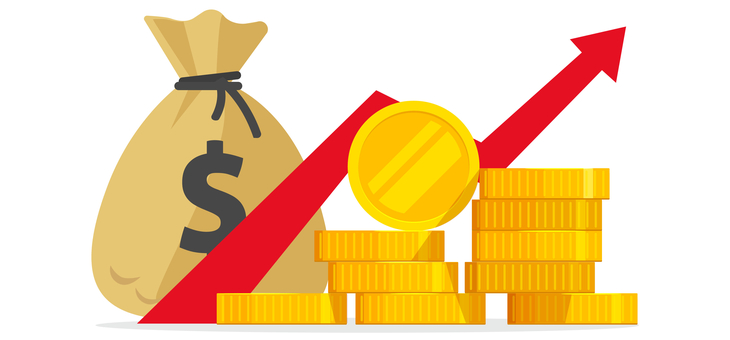Retirees stung by ultra-low interest rates may soon be in for more pain, should the Reserve Bank of Australia cut rates further as it is tipped to do on Melbourne Cup day in November.
“Yep, the 0.25 per cent rate is expected to go to 0.1 per cent as the RBA’s boss, Dr Phil Lowe, looks at the struggles of Victoria and how it has affected our economic recovery, so he wants to add a bit more stimulus,” writes Peter Switzer.
“The Big Four banks’ economics teams have put their forecasting reputations on a Cup day cut and that’s often a good sign that the RBA has pretty well given them a nod and a wink.”
Some banks have already said they would pay zero interest to high-income earners.
Neobank Xinja was the first, saying it will no longer pay 1.5 per cent interest on deposits over $150,000.
UBS and Credit Suisse said they would not pay interest to wealthier clients during the pandemic.
But it’s not just the wealthy who will feel the pinch.
Australia’s Big Four banks have already cut their savings rates to meagre levels. While ANZ is still paying 0.65 per cent on its progress saver account, none of the other Big Four banks are paying anything above 0.05 per cent.
So, savers with $10,000 in an account could earn as little as $5 a year in interest.
The average ongoing savings rate is around 0.51 per cent, with most banks offering base rates just above zero.
“Banks get the most bang for buck by cutting their base rates rather than their bonus rates, however the issue is many base rates are just a fraction above zero, so there’s nothing left to cut,” RateCity research director Sally Tindall told news.com.au.
“While this low-rate environment is typically great news for homeowners, Australia has more savers than mortgage holders, and these customers are watching their interest rates whittle away.”
More recently, many disgruntled savers turned to neobanks for more competitive interest rates. Even after banks cut savings rates to below 1 per cent in June 2019, neobanks were paying between three and five per cent.
But even they can’t keep that up.
Xinja’s announcement that it would pay zero per cent on large deposits has savers rethinking their savings strategy.
Canstar group executive Steve Mickenbecker told The New Daily he would be unsurprised if other neobanks followed Xinja’s lead and paid zero interest on large deposits, but he doesn’t think major banks will do the same.
“It’s no surprise the big banks have stopped at 0.01 or 0.05 [per cent] for their base rates rather than going to zero, because zero is that kind of magical round number that says, ‘Oh, I’m getting nothing now’,” he said.
So, how can savers get more return for their savings now?
Mr Mickenbecker says there are two possible strategies.
One, is to get on the ‘introductory rate merry-go-round’, switching between providers every three or four months to capitalise on promotional rates
Or, they find a provider with a good bonus rate.
Most savings products charge no fees for setting up and switching accounts, so it could be a free ride of sorts.
“If a savings account works for you, be prepared to switch often, or be prepared to restrict your flexibility with terms on bonus rates,” said Mr Mickenbecker.
“With most banks these days, you can open your account and transfer your money online and it happens near-instantaneously, and you shouldn’t even lose a day’s interest.”
Currently, Rabobank has an account that pays two per cent interest over the first four months. Heritage Bank and the Bank of China have accounts that pay 1.6 per cent interest over the same period.
ME Bank’s online savings account pulls bonus interest of 1.45 per cent if customers take out an everyday transaction account and make four tap and go payments a month.
ING is paying 1.5 per cent interest on deposits up to $100,000 in its savings maximiser account, but only if you have a transaction account with ING, deposit at least $1000 or more per month and make at least five card purchases every month.
“When it comes to savings rates, ING, Bank of Queensland, ME Bank and MyState are some of the more consistent performers. However, in this market, it really does pay to check on the competitiveness of your rate at least every few months,” concluded Ms Tindall.
Have you considered jumping on the introductory rate merry-go-round? Or are you already doing it? Does it work?
If you enjoy our content, don’t keep it to yourself. Share our free eNews with your friends and encourage them to sign up.
Related articles:
https://www.yourlifechoices.com.au/finance/banking-and-investment/negative-interest-rate-worry
https://www.yourlifechoices.com.au/finance/banking-and-investment/neobanks-challenge-big-fours-sneaky-sht
https://www.yourlifechoices.com.au/finance/banking-and-investment/banks-we-trust-the-most–and-the-least

